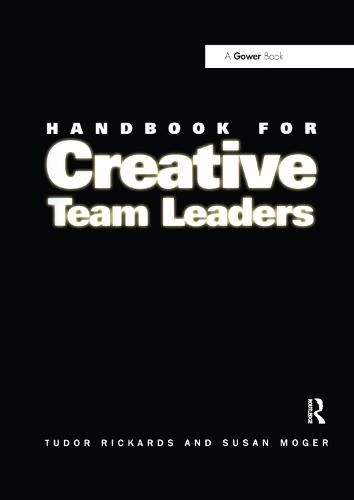Readings Newsletter
Become a Readings Member to make your shopping experience even easier.
Sign in or sign up for free!
You’re not far away from qualifying for FREE standard shipping within Australia
You’ve qualified for FREE standard shipping within Australia
The cart is loading…






Every worthwhile organization strives continuously to improve. What the authors of this groundbreaking book offer is nothing less than a system for achieving peak performance. As a result of their work with more than 2000 teams, in some 40 countries across the globe, the authors identified the 7 factors that distinguish what they call ‘dream teams’ and on that basis they developed the structured approach described in the Handbook. Part I sets out the principles that underlie team performance. Part II shows how to train teams to become more creative. Finally, in Part III, the authors demonstrate their ideas in action with real-life examples from a wide variety of organizational settings. They emphasize throughout the role of leadership in stimulating creativity and innovation, and they explain how to inject new dynamism into existing organizational systems and practices. Anyone involved in teamworking would profit from a close study of the Handbook. It will be especially valuable to team leaders and facilitators, to project managers and to HRD practitioners and consultants.
$9.00 standard shipping within Australia
FREE standard shipping within Australia for orders over $100.00
Express & International shipping calculated at checkout
Every worthwhile organization strives continuously to improve. What the authors of this groundbreaking book offer is nothing less than a system for achieving peak performance. As a result of their work with more than 2000 teams, in some 40 countries across the globe, the authors identified the 7 factors that distinguish what they call ‘dream teams’ and on that basis they developed the structured approach described in the Handbook. Part I sets out the principles that underlie team performance. Part II shows how to train teams to become more creative. Finally, in Part III, the authors demonstrate their ideas in action with real-life examples from a wide variety of organizational settings. They emphasize throughout the role of leadership in stimulating creativity and innovation, and they explain how to inject new dynamism into existing organizational systems and practices. Anyone involved in teamworking would profit from a close study of the Handbook. It will be especially valuable to team leaders and facilitators, to project managers and to HRD practitioners and consultants.